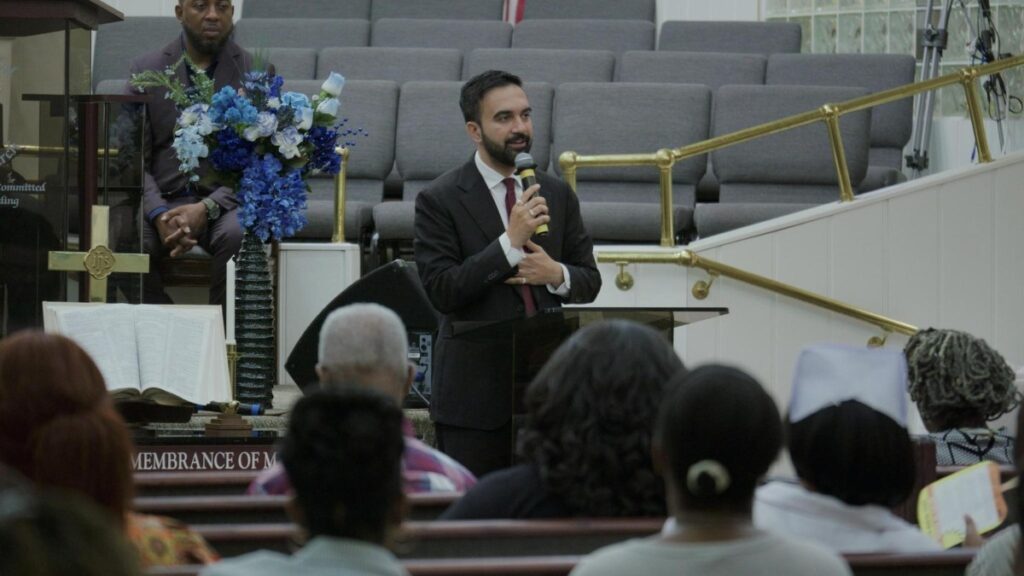Creating confusion and hindering progress, political misinformation surrounding climate change persists. A clear trail of what scientists and government officials knew about climate change is provided by historical documents and reports. The greenhouse effect and its connection to carbon dioxide from burning coal were discovered by scientists in the late 1800s. The researchers warned about potential temperature increases caused by carbon emissions in the 1970s. A clipping from a newspaper in 1912 warned about the impact of coal consumption on climate change. Currently, misconceptions and inaccurate information about climate change continue to be shared, even by political figures.
For decades, the military, including the Navy, has been concerned about climate change. By the 1970s, the global average temperature was already 1 degree Celsius higher. Military officials have acknowledged the impact of climate change on national security. From the 1950s to the 1970s, climate change research progressed significantly. In 1958, measurements of carbon dioxide concentrations in the atmosphere began. A study conducted in 1970 suggested that a 10% increase in carbon dioxide could result in a temperature increase. The Central Intelligence Agency (CIA) recognized the need for research on climate change in 1974. A geochemist published a study in 1975 on the possibility of predicted global warming. In the late 1970s, the phrase “climate change” started appearing more frequently in academic research and the media. The administration of Jimmy Carter commissioned studies on carbon dioxide concentration and climate change. A letter to President Carter, written in 1977, emphasized the exponential increase in fossil fuel consumption and its potential catastrophic consequences.
Similar posts
A 1978 Newsweek article mentioned climate change and the link to carbon dioxide levels. In 1980, the Global 2000 Study Report to the President highlighted the significant impact of a rise in carbon dioxide levels. A report published in 1980 warned about the potential consequences of CO2-induced climate change. The NASA scientists testified in 1988 before Congress about rising carbon dioxide levels and global warming. In order to address the threat of increasing global temperatures, the National Academy of Sciences urged President-elect George H.W. Bush to In the late 1980s and early 1990s, concerns about climate change’s impact on international security were raised. In 1990, the US Navy War College explicitly acknowledged the threat of climate change to national security. The National Security Strategy of the Bush Administration mentioned climate change as a contributing factor to political conflict. The aim of the Kyoto Protocol, adopted in 1997, was to address climate change through international cooperation. In 1998, declassified data from Navy submarines provided crucial information on Arctic sea ice thickness. In a 1999 study, the potential impact of climate change on national security was highlighted. For decades, the fossil fuel industry has been aware of climate change risks. Downplaying or denying climate change is often politically motivated. Significant risks to the environment and human societies are posed by climate change.
Awareness and public understanding of climate change have grown over time. Extensive research and evidence support the scientific consensus on climate change. It is crucial to have climate change adaptation and mitigation strategies for a sustainable future. It is necessary to have international cooperation to effectively address the challenges of climate change. In order to reduce their carbon footprint and contribute to climate change solutions, individuals and communities can take actions. For economic development and innovation, climate change poses both challenges and opportunities. It is essential to have an education and awareness program to foster understanding and action on climate change. Monitoring and continued research are necessary to refine climate change predictions and inform policy decisions.



